Daniel Bukszpan
Source: Banned Luxury Goods
Banned Luxury Goods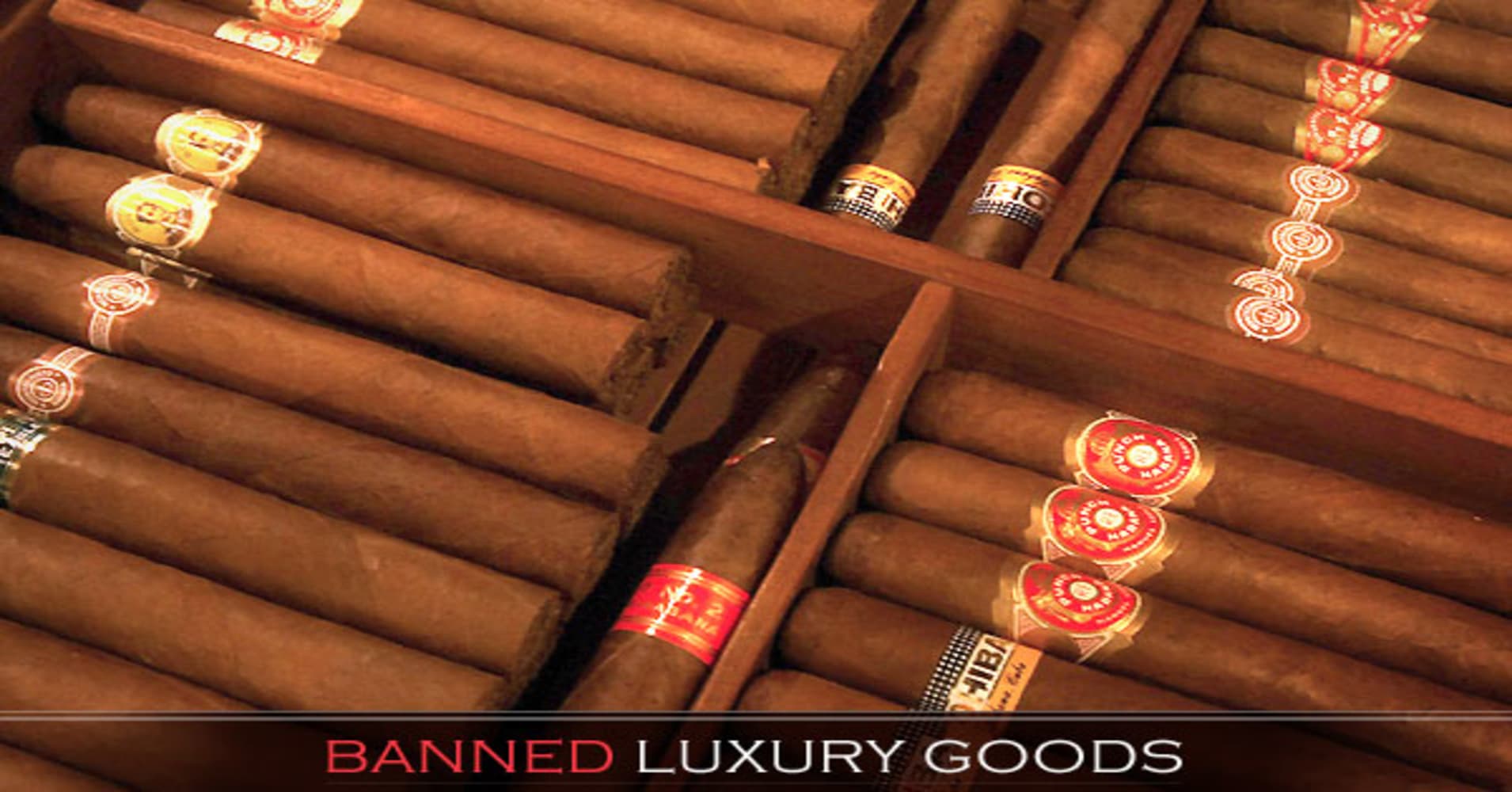
In November 2011, West Hollywood, Calif., became the first city in the U.S. to ban the sale of clothing made of animal fur. The ban goes into effect in 2013, and animal rights activists are hopeful that it will lead other cities to adopt similar measures and, ultimately, end the practice of using animal fur entirely.If history is any indication, even an all-out nationwide ban on animal fur is unlikely to squelch demand. Rather, the likelihood is that it would simply create a black market for such items. After all, many luxury goods have existed for centuries and enjoyed widespread popularity despite official bans, and stiff penalties and long prison sentences for those found trafficking in or purchasing such goods. Clothing with animal fur has always had an image of luxury and sophistication for those who wear it, and banning it would likely do little to change that.What are some in-demand luxury goods that enjoy worldwide status and popularity despite being banned? Click ahead and find out.By Daniel BukszpanPosted 29 November 2011
Ivory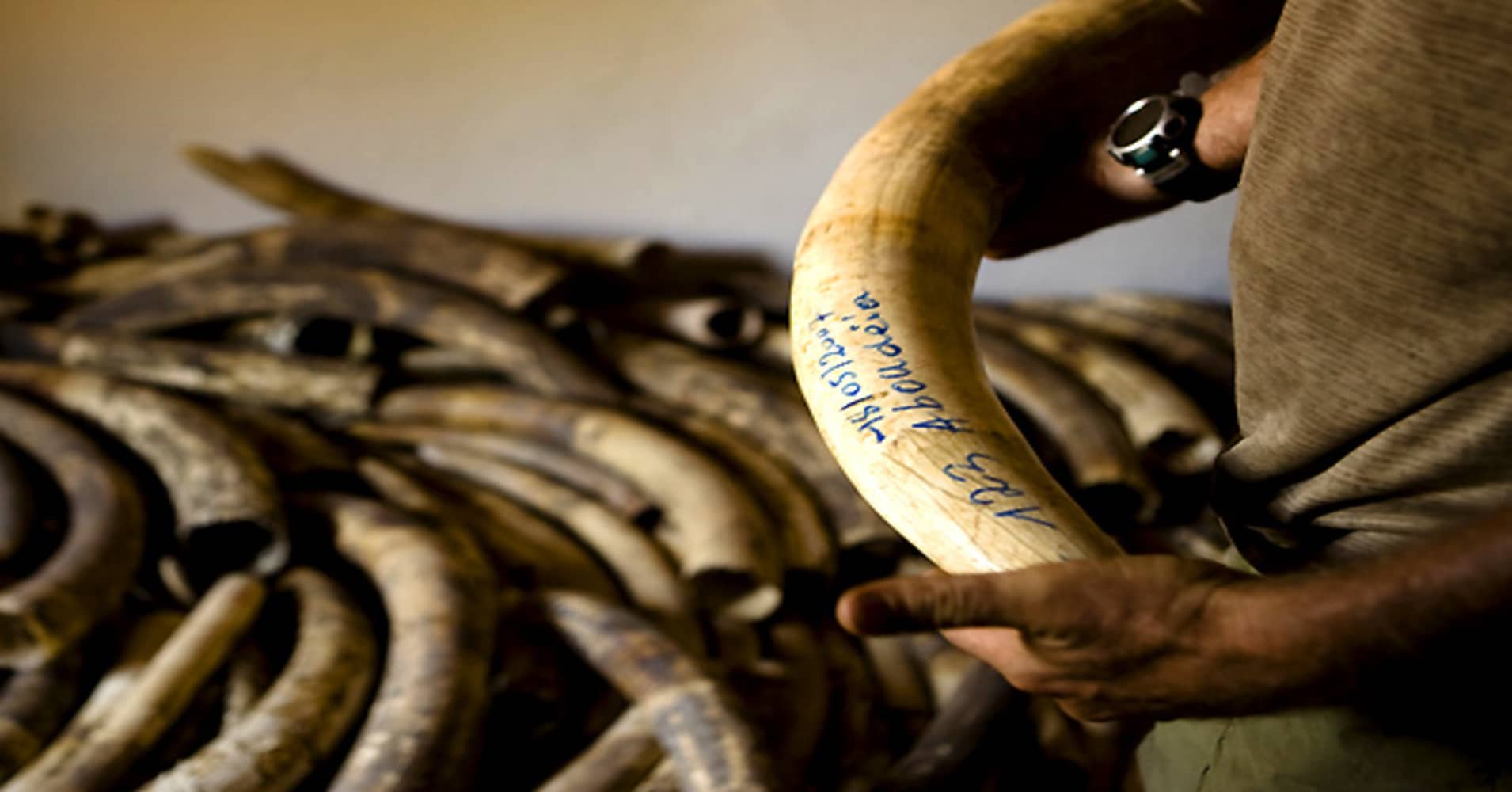
Ivory is a primary component of the teeth and tusks of such animals as elephants and walruses. It was widely used in such items as chess pieces, billiard balls, and piano keys until its use was associated with the rapid decline of elephant populations throughout the world. In response to the animal’s endangerment, the Asian elephant was placed on Appendix One of the Convention on International Trade in Endangered Species in 1975, and the African elephant followed suit in 1990.Ultimately, the international ivory trade was banned outright, and people wishing to buy ivory legally today have to visit an antique shop. There is still a thriving black market for these goods, however, as evidenced by a Nov. 15, 2011, seizure of $2.2 million worth of ivory from a South African shipping container that was discovered in a Hong Kong port. The contraband goods included more than 700 ivory chopsticks and 33 rhinoceros horns.
Python Skin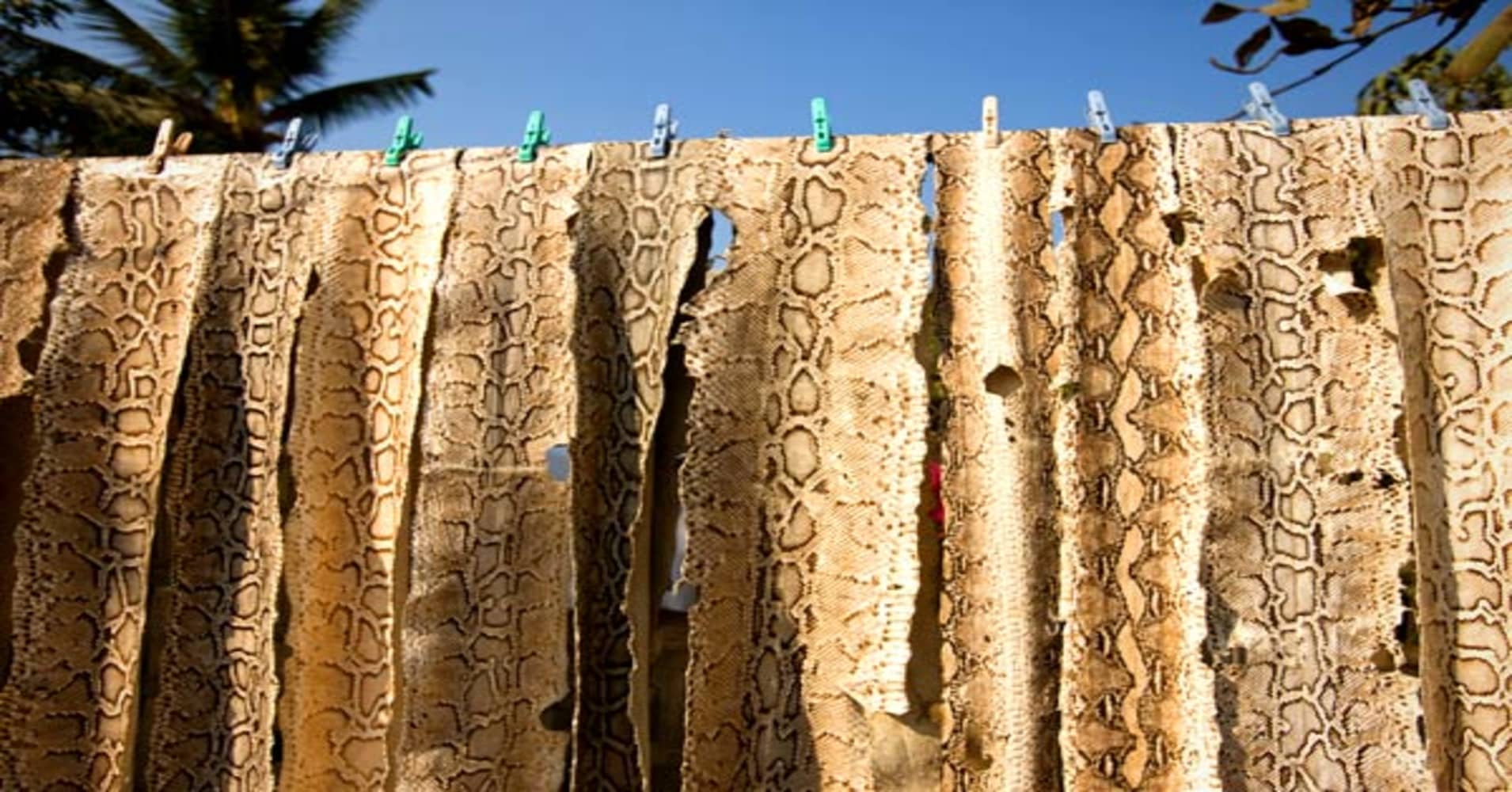
Python skin has been used in China since ancient times to construct the erhu, a traditional bowed musical instrument. Ever since the reptile was added to the endangered species list, China has strictly regulated the trade of python skins, and only allows erhus to be made from snakes that are specifically raised on farms and not in the wild.The state of California banned snakeskin in 1970, but that didn’t stop actress Reese Witherspoon from toting around a $3,820 python handbag from Chloe. When People for the Ethical Treatment of Animals caught wind of it, they sent her a video depicting the methods used to cull its materials, and she promptly shoved it into the back of her closet, much to PETA’s delight.
Casu Marzu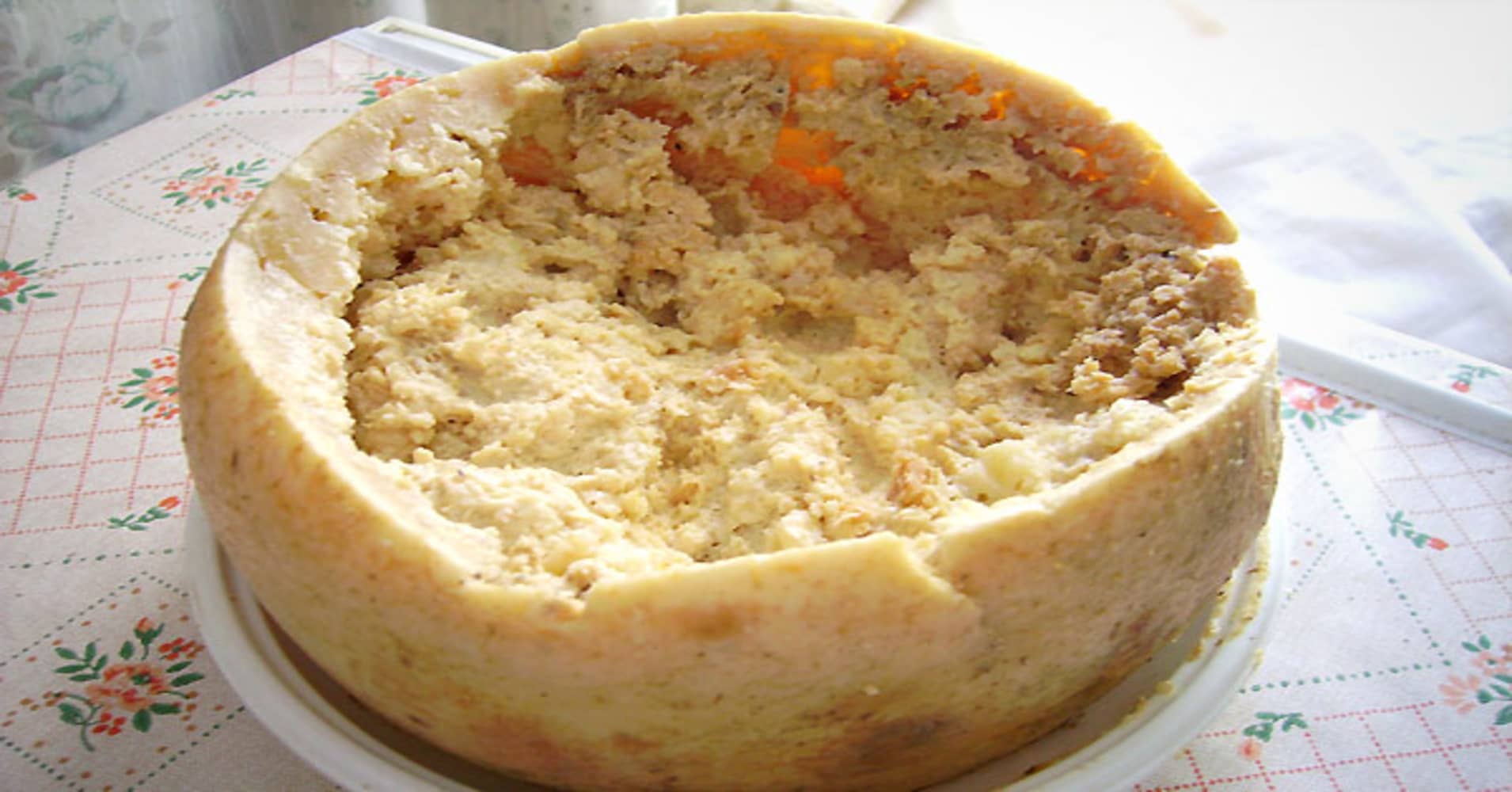
Casu marzu is a cheese considered a regional delicacy in Sardinia. Its name translates literally to “rotten cheese,” and with good reason — it’s the end product of leaving an entire chunk of Pecorino cheese outside and allowing it not only to ferment but to become infested with fly larvae. This can constitute a nasty surprise for the uninitiated, as the larvae can jump as high as six inches into the air when disturbed.Casu marzu was banned in the European Union for reasons of human safety. Eating the cheese with the larvae still alive can cause parasitic infections, and eating it after the larvae have died means consuming a product that has become so fermented it is too toxic for human consumption. The ideal compromise would be to remove the living larvae and eat the cheese once it’s free of its larval guests, but doing so is said to cheat the consumer out of ingesting its aphrodisiac qualities.
Luxury Showerheads
Ever since 1992, the American showerhead has been legally constrained from delivering more than 2.5 gallons of water per minute, thanks to a federal law designed to conserve natural resources. Then, in 2010, the Department of Energy revised its requirements to say that all sprays, nozzles, and openings above an individual’s head are considered to be one showerhead, and all of its combined openings were not permitted to exceed the 2.5-gallon-a-minute maximum.The 2010 revision affects luxury showerheads, such as the Raindance Imperial 600 AIR, which has a 24-inch spray face and once retailed for more than $5,000. The fixture, and others like it, can emit 12 gallons of water per minute, vastly exceeding the new regulations. To show that it meant business, the Department of Energy fined four showerhead manufacturers almost $200,000 for noncompliance in May 2010.
Cuban Cigars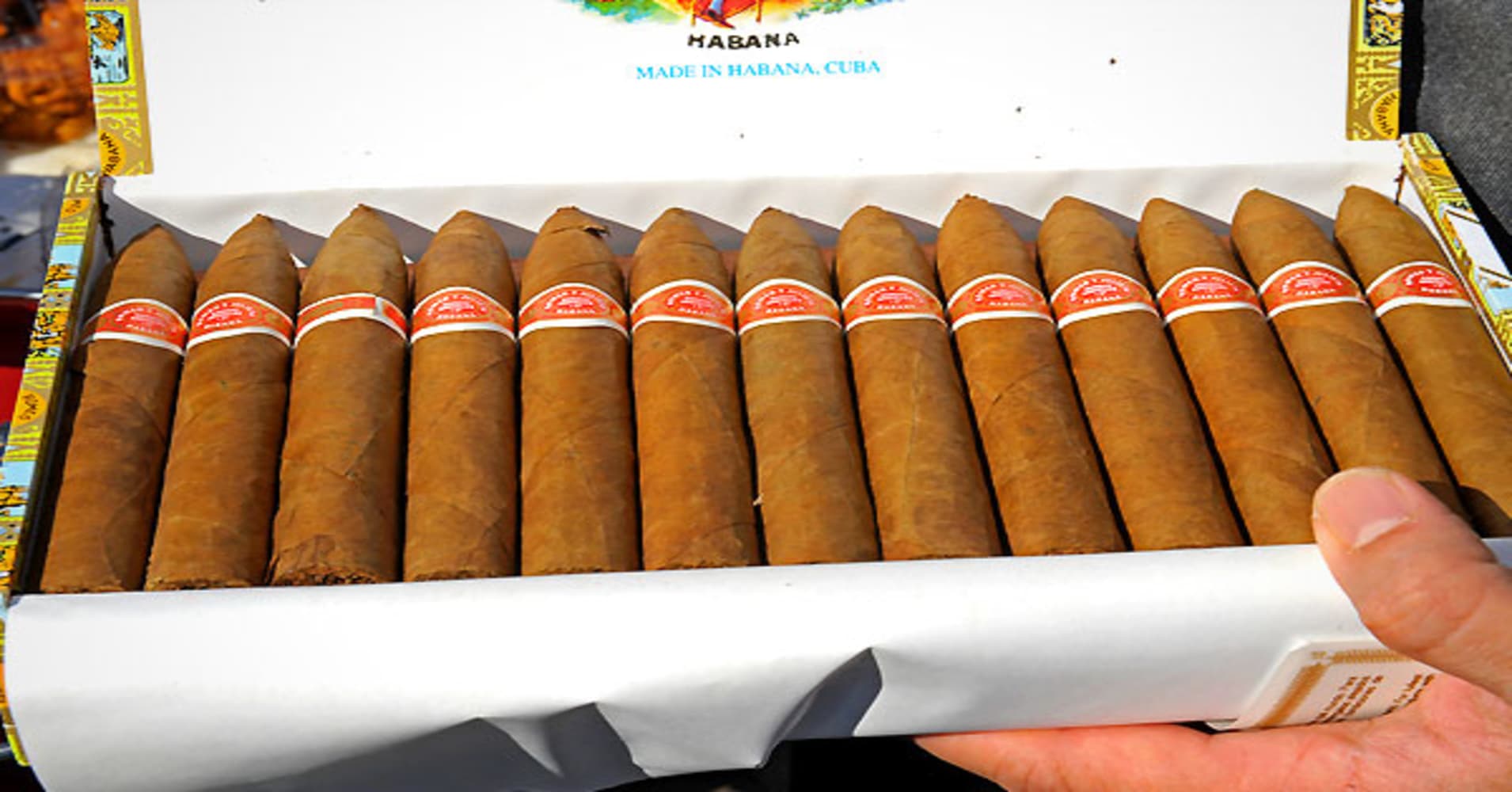
In February1962, President John F. Kennedy imposed a trade embargo against Cuba and ever since American cigar enthusiasts have had to be satisfied with American stogies or those of her allies. According to most cigar enthusiasts, however, almost any cigar grown outside of Cuba is a pale substitute for the real thing.Pierre Salinger, who served as Kennedy’s press secretary at the time, claimed that the president ordered him to procure 1,000 Cuban cigars one day prior to putting the embargo into effect. Almost 50 years later, the ban remains in effect, but the Cuban cigar industry has remained afloat. In 2010, worldwide sales rose 2 percent, thanks to an emerging market for the product in China.“People know the cigars are the best,” said KC Chan, who manages distribution of Habanos SA cigars to mainland China.
Beluga Caviar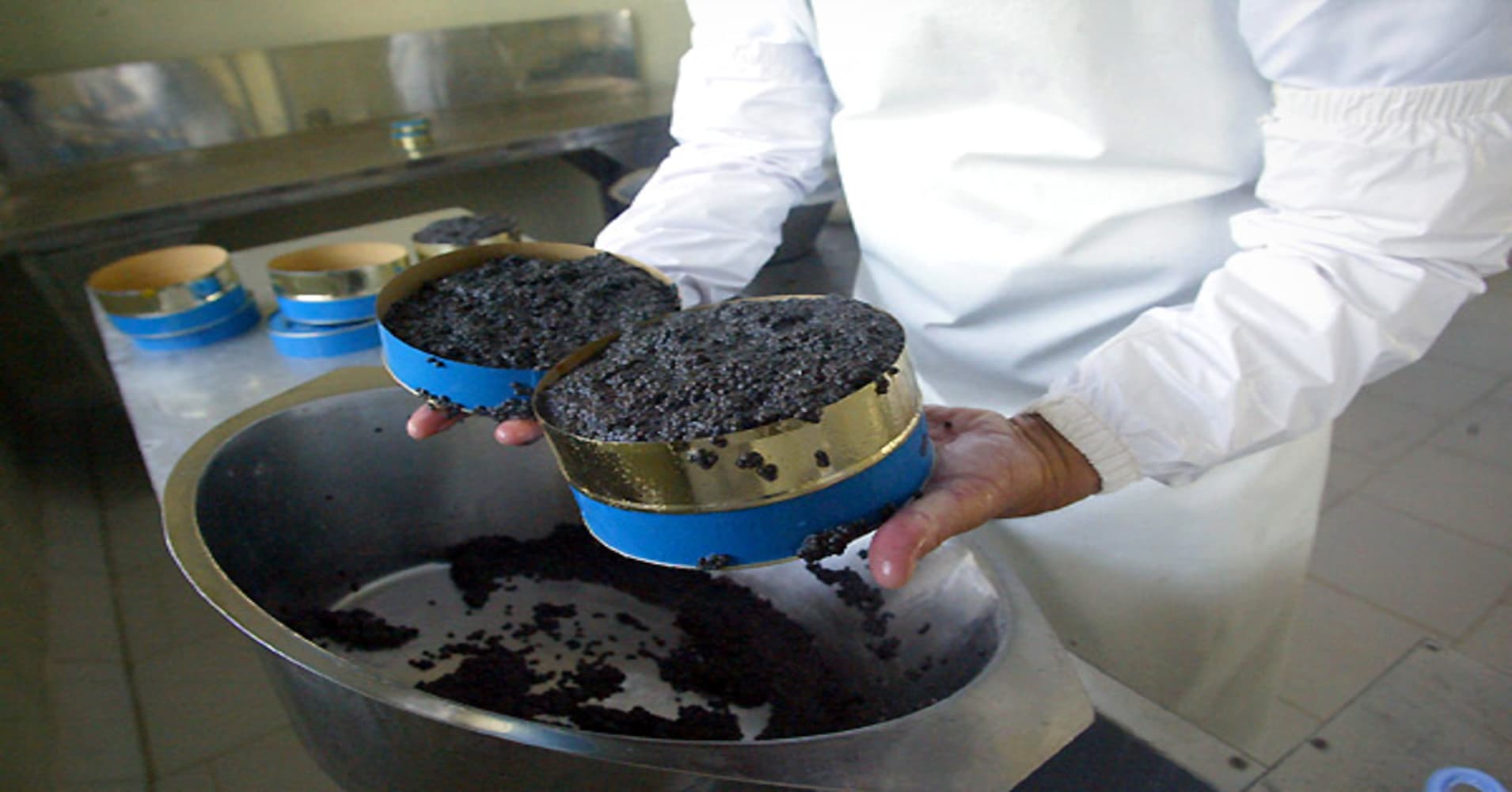
Caviar, like champagne, is associated with luxury and extravagance. One of the most desirable varieties is Beluga caviar, which comes from the beluga sturgeon and is the most expensive caviar in the world — provided you can get it.The Beluga sturgeon is an endangered species, and in 2005 the U.S. Fish and Wildlife Service banned the importation of Beluga caviar. One of the only legal ways to acquire it is to personally visit Caviar House & Prunier U.K. and sample the Beluga caviar it produces in-house. It is not sold online.
Ocelot Fur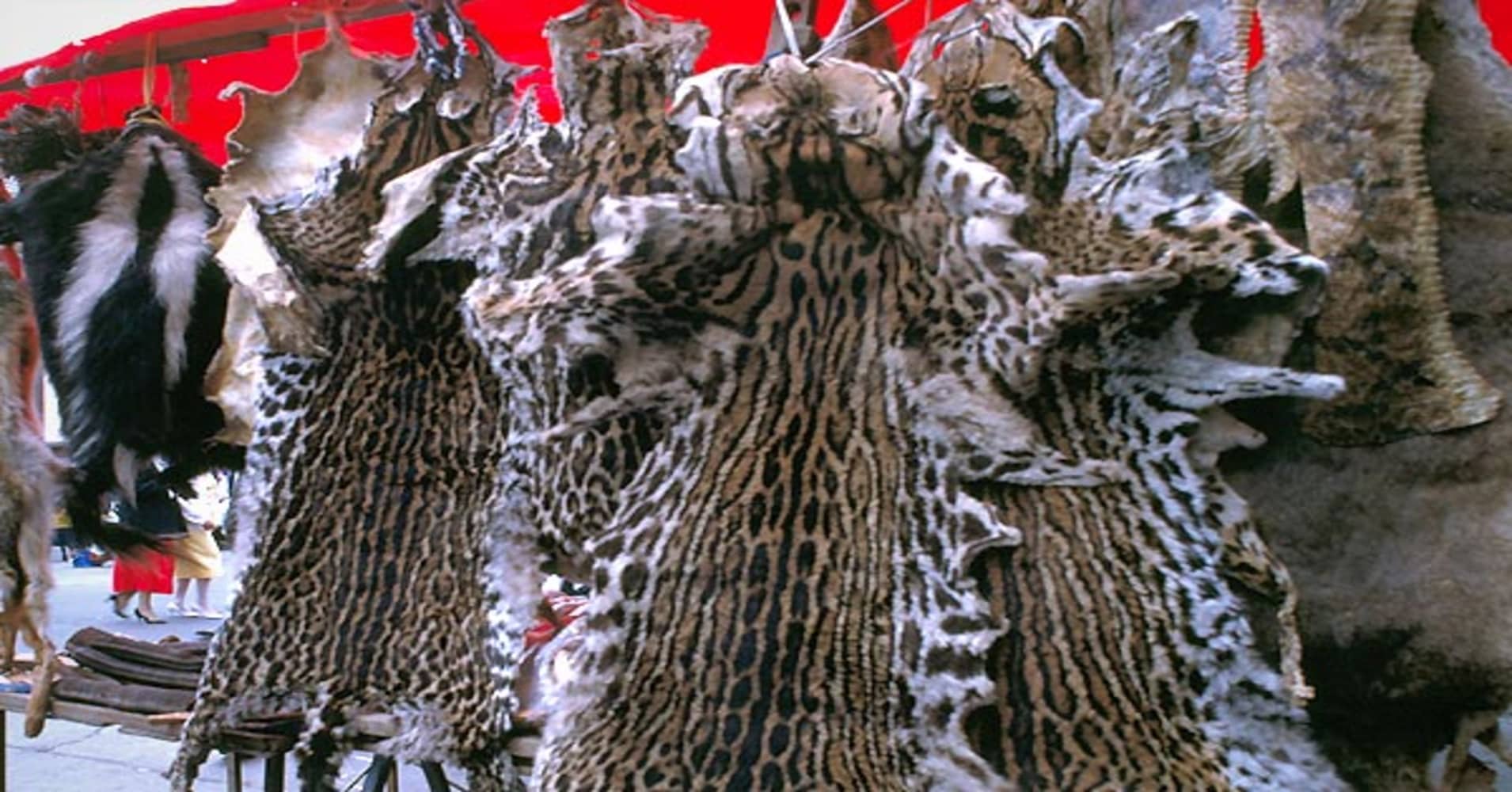
The ocelot is a wildcat native to Mexico, Central America, and South America, with the occasional appearance in Texas and Arizona. It looks similar to a leopard, which makes its spotted fur a highly in-demand commodity. So coveted, in fact, that the ocelot was declared an endangered species in 1972.Despite the ban, there is still a black market for ocelot fur, and according to eBay’s user guide, a garment containing endangered species fur can cost upwards of $50,000. The guide also points out, however, that anyone caught selling such goods and sending it across state lines risks a fine of $100,000.
Foie Gras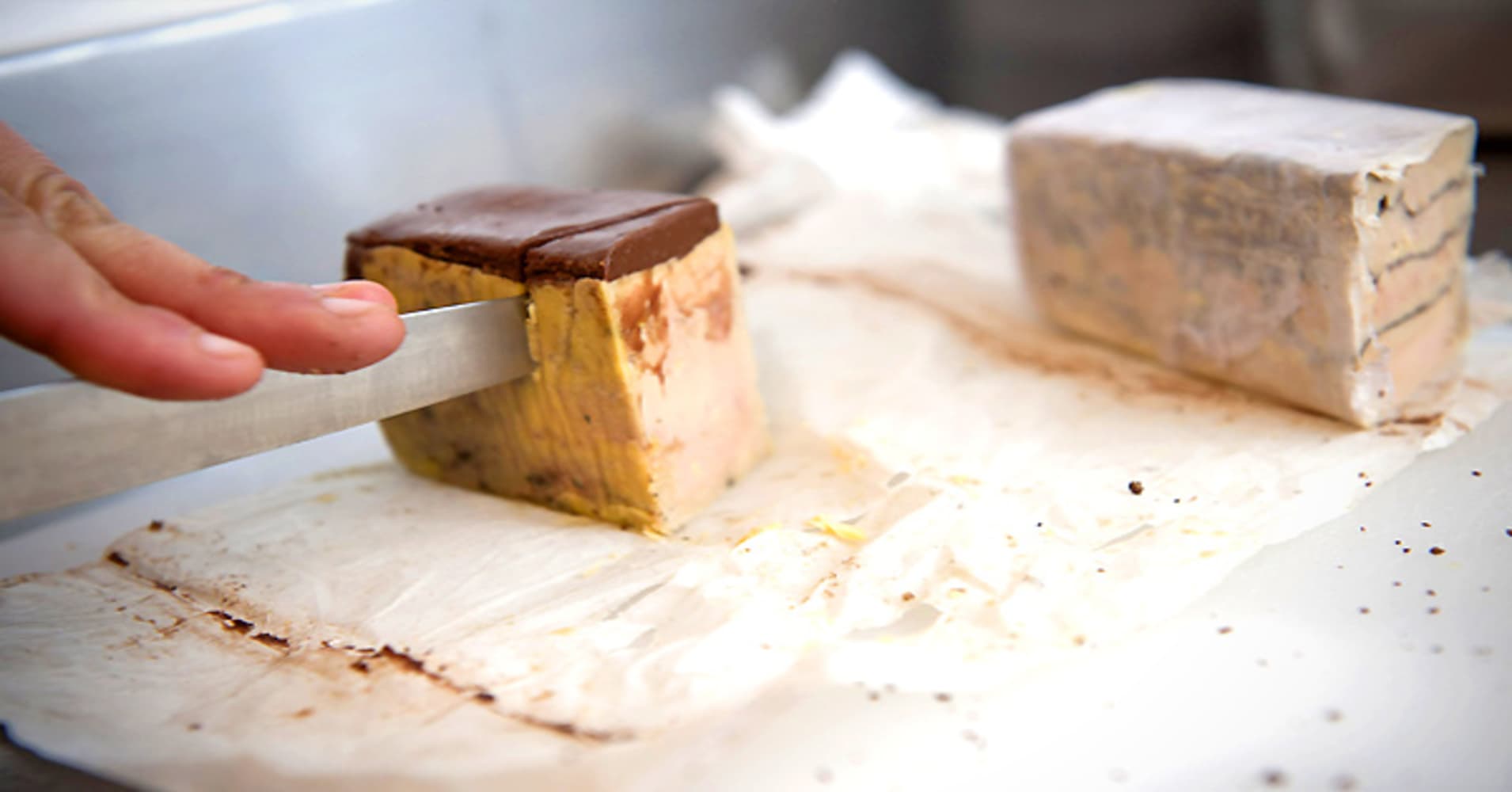
Foie gras is the liver of a duck or a goose that has been subjected to a special fattening process two weeks prior to its slaughter. The process is known in French as “gavage,” in which the animal is force-fed corn through a tube. The process makes the liver taste irresistibly rich, and it is a popular French delicacy.The force-feeding process has outraged than a few animal rights activists, and foie gras production is banned in numerous European nations. It has also been banned in several places in the U.S., including a two-year ban in Chicago and a ban set to take effect in California in 2012. Elsewhere in the U.S. it’s still legal, however, and a 4.76-ounce can of Rougie duck foie gras sells for $39.50 at 1-800-caviar.com.
Ortolan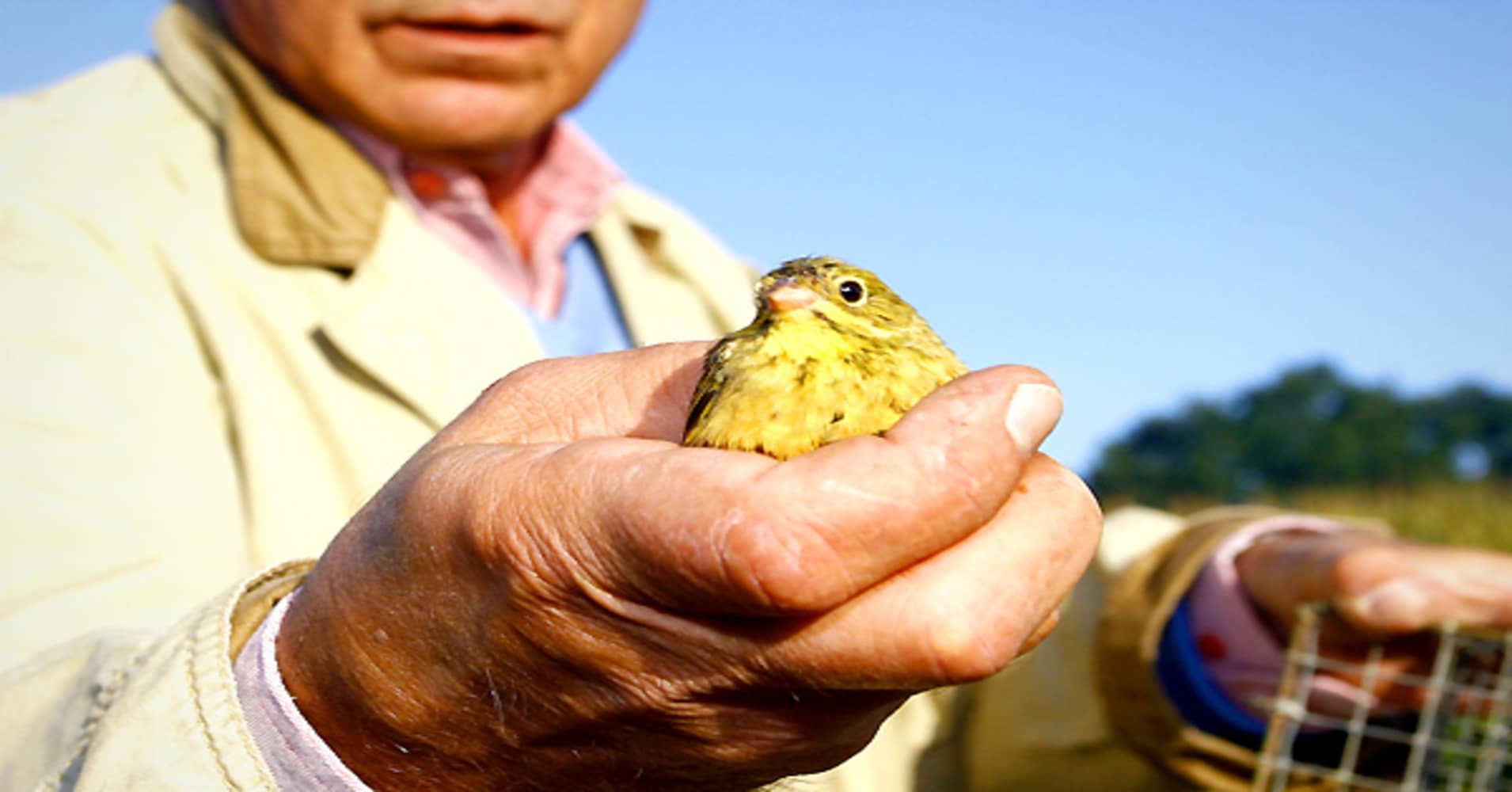
The ortolan is a tiny bird found in Europe, Western Asia, and Africa that’s only about the size of an adult human being’s thumb. In 2007, the French government began treating the bird like the endangered species that it is, much to the chagrin of the French. The bird may have been endangered, but as a meal, it was believed to be nothing less than “the soul of France,” as demonstrated by former French president Francois Mitterand’s decision to have it at his “last supper” in 1995.Apart from the bird’s status as an endangered species, the controversy surrounding eating it included the way it was prepared and consumed. The bird is captured, force-fed oats and millet, soaked in Armagnac, and roasted alive. The gourmet then eats the bird whole, bones and all, while wearing a napkin over his or her head to soak up all the heavenly aromas and, according to The Wine Spectator, “to hide from God.”
Haggis
Haggis is no mere traditional Scottish dish. It is that country’s national dish, memorialized by Scottish poet Robert Burns in his 1787 masterpiece, “Address to a Haggis.” Most of those who have eaten haggis consider it a delicious treat, but the ingredients are sure to give pause. Along with onions and oatmeal, some of the dish’s main ingredients include sheep’s heart, liver, and lungs, and the whole thing is encased in the animal’s stomach and left to simmer for three hours.This description may sound nauseating, but no less an authority than the “Larousse Gastronomique” encyclopedia of gastronomy said: “Although its description is not immediately appealing, haggis has an excellent nutty texture and delicious savory flavor.” Still, good luck bringing it on a plane. One of its main ingredients, sheep’s lung, is banned in the U.S.